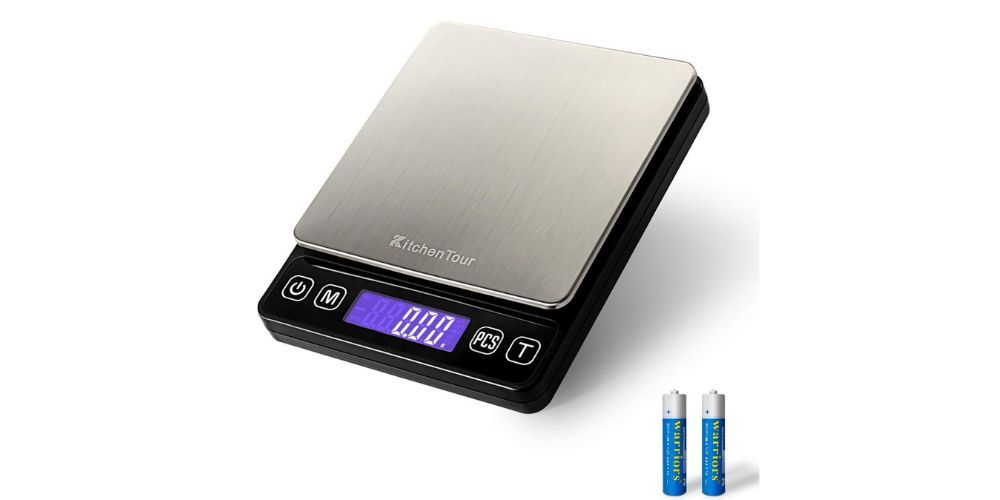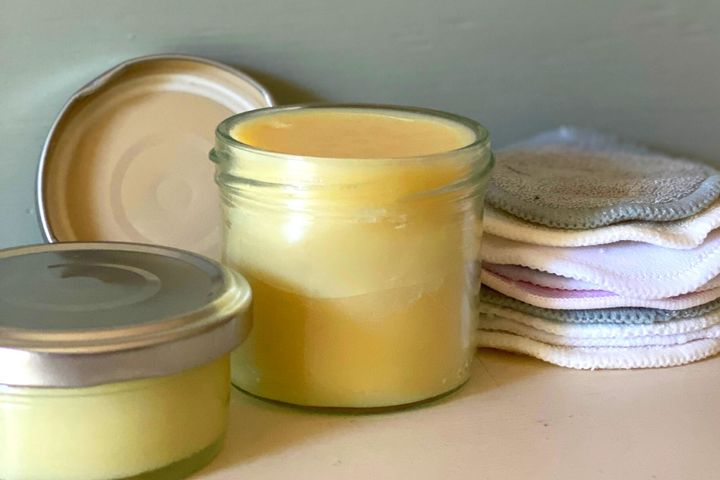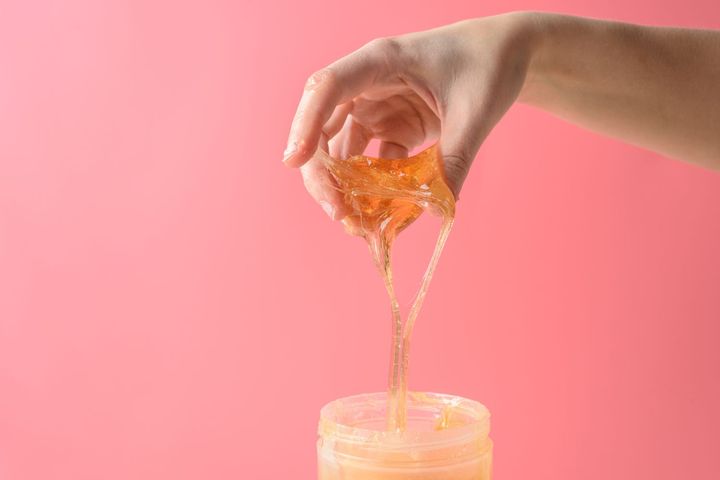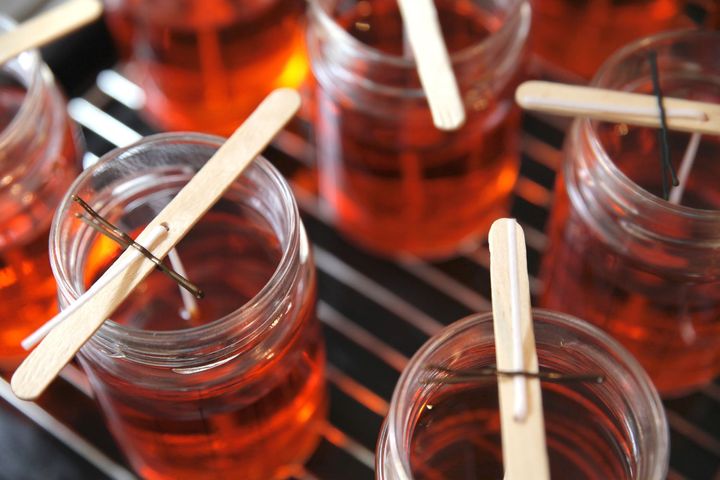3 Ingredient Lotion Bar Recipe: Soothing and Moisturizing
Everything you wanted to know about lotion bars: how to make them, what ingredients to use, substitutions, and more!

What could be better for your epidermis than the creamy, rich goodness of a balm that infuses your skin with skin-loving ingredients, softens any dry areas and soothes any irritation or discomfort?
Well, a balm that doesn't require a jar to be put in.
Welcome to the lotion bar!
This article contains affiliate links. We may receive a commission (at no cost to you) if you make a purchase through a brand link below. Learn more here.
What is a lotion bar?
A lotion bar is a solid, creamy lotion that you use to soften and moisturize your skin.
It is basically a balm in a solid bar form.
Lotion bars don't contain any water, they are easy to use, and they are very portable and handy when on the go.
They are ideal for winter weather when your skin needs extra hydration.
They also are:
- extremely moisturizing
- concentrated products so a little goes a long way
- travel-friendly since they don't contain any water
And the best part about homemade lotion bars is that they are super quick and easy to make. You can experiment with your recipe and make something wonderful that your skin will love!
Also, DIY lotion bars make great gifts and stocking stuffers for friends and family.

How to use a lotion bar?
To use a lotion bar, simply rub the bar on your skin until it melts and then massage it thoroughly.
Lotion bars can be used all over your body, but they are especially useful for keeping dry areas like cuticles, elbows, and knees soft and moisturized.
Lotion bars are great to use after a shower on slightly damp skin. This will leave a thin layer of the butter-oil-wax mixture on your skin and seal in the moisture.
What ingredients can be used in a lotion bar?
A lotion bar is made by combining equal parts of wax, butter, and oil.
Wax
In our formula, we use beeswax because it is widely available and it has great skin benefits.
It also gives your product the occlusivity needed to lock in moisture.

If you would like to use a vegan wax, you can substitute beeswax for berry wax, rice bran wax, or soy wax which are all vegan and great alternatives to beeswax.

You can also substitute beeswax with candelilla wax but candelilla wax is quite a bit harder than beeswax.
If you use candelilla wax, use half of the amount of wax and increase equally the oil and butter amounts.

Plant butter
For the butter in our lotion bar, we used mango butter since it has lovely skin properties and is not as greasy as shea butter.
In our recipe, we use this lovely pure mango butter from Better Shea Butter.

But you could use any plant butter that you have on hand.
Shea butter is always a great option. It is a bit greasier than mango butter but unrefined shea butter makes beautiful lotion bars full of goodness for your skin.

Cocoa butter is also a good option. The unrefined version gives your lotion bars a great chocolatey smell.

But keep in mind that cocoa butter is a hard butter, and it will make your solid lotion bars quite a bit harder so you may need to adjust your ratios slightly.
Carrier Oil
For the oil in our formula, we used the very universal sunflower oil.
It is light, nutrient-rich, and heat-stable.

But, of course, you can use any other oil you like or have available.
Many people like to use coconut oil.
Coconut oil is a great oil for skin. It gives your lotion bar extra glide but it is a bit heavier than other oils.

Another good option is jojoba oil.
Jojoba oil is light and n0n-greasy and very skin compatible.

Other options include olive oil, sweet almond oil, avocado oil or any other botanical oils you like or have already.
We haven't added any essential oils to this recipe but if you want to give your lotion bar a nice smell you can add essential oils that you like to your lotion bar.
Lavender essential oil is always a good option, as well as peppermint essential oil, rose geranium essential oil, or even tea tree oil.
How to store your lotion bar
Store your lotion bar in a dry place away from direct sunlight (otherwise it might melt).
You can wrap it in parchment paper or store it in a metal tin, repurposed glass jar or any other suitable container.
You could also pour the melted ingredients into a cardboard deodorant tube (like the one below).
60d32285e3877_lg.jpg)
Shelf life of your lotion bar
The shelf life of this lotion bar is at least 1 year as long as the ingredients you used were fresh and you are keeping the bar away from direct sunlight.
Equipment
We will need a glass beaker or a glass measuring cup to melt the ingredients in.
We will also need a glass rod or just a spoon to mix the ingredients.
To melt our ingredients, we will use a water bath which could be as simple as a pan with simmering water or a simple double boiler (bain-marie) that you can get on Amazon.
To heat our ingredients we can use our stove or a hot plate.
Experienced skincare formulators always use a scale to weigh the ingredients.
This way you can be sure that you are using the same amount of ingredients every time.
For working with small amounts of ingredients a jewelry scale like this one works perfectly well. It is easy to use, surprisingly robust, and inexpensive.

You don't need to buy a scale for this recipe since I will list the ingredients in both grams and tablespoons.
But if you will be making handmade cosmetics on a regular basis, this will be an important piece of equipment to have.
Last, but not least - sanitizing spray!
Before you start on your recipe, make sure you spray all your equipment - beakers, spoons, glass measuring cups, and anything else that will get in contact with the ingredients - with 70% Isopropyl Alcohol and let it air dry.
This will sanitize your equipment and you will be good to go in no time.
3 Ingredient Lotion Bar Recipe
Here is the formula for a 100g lotion bar - it is very simple and makes a great product every time.

Method
- Sanitize your equipment by spraying it with 70% Isopropyl alcohol
- Weigh your ingredients and add them to a glass heat-proof container
- Place your heat-proof container in a water bath (a pan with simmering water in it) to melt
- When all the ingredients are thoroughly melted, mix them well and pour them into molds. These can be silicone molds, ice cube molds, cupcake molds, or anything else you have at hand. Just make sure that the mold you use is flexible so you can get the lotion bar out when it solidifies.
- Place the molds in the freezer for about 1 hour
- Take them out of the freezer, unmold and let them come to room temperature.
Enjoy!
If you would like to add essential oils, add up to 20 drops of your favorite essential oil when your ingredients are melted and off the heat. Then pour the mixture into the molds.
This recipe makes one 100 g or two 50 g lotion bars.
Try it first as it is and then increase the recipe proportionally if you need to make more.

There you have it!
Now you know how to make your own lotion bars easily and quickly.
Try them, experiment with them, and come up with something that you will love.
If you would like to try to make your own lip balm, check out our article How To Make A Homemade Lip Balm With 5 Simple Ingredients.
Happy formulating!


